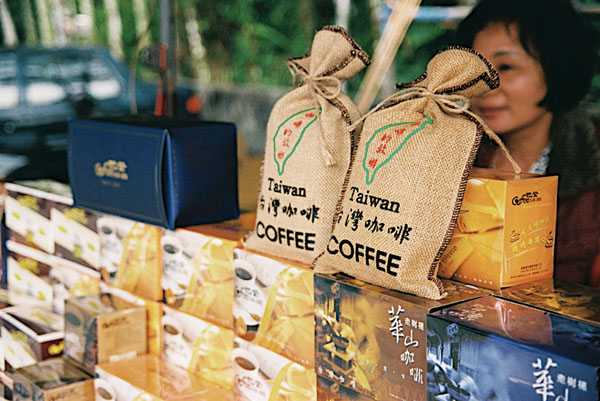Taiwan is historically known for tea, and until the mid 1990’s visiting java junkies had few choices for a bean-juice fix outside of the cheap burnt drip served at Mickey-D’s and a small handful of Japanese shops serving pricey but excellent coffee by the cup, usually brewed using a dual-chambered glass vacuum coffee maker more reminiscent of lab equipment than a kitchen appliance.
But the days of precious few choices for visiting bean fields are long gone, and in 21st century Taiwan a perfectly serviceable cappuccino can be bought at any small-town 7-11.
The cities, meanwhile, boast a veritable embarrassment of riches for the traveling coffee lover, and though opinions vary wildly among coffee aficionados from a mix of excellent chain coffee shops like Cama, Louisa and 85° C to smaller boutique shops run by third-wave purists boasting single origin beans.
What happened to bring about the sea change in Taiwan’s caffeine habits?
Well. Starbucks opened its first Taipei branch in 1998, heralding the start of coffee consumption as something more than a niche foreign habit. Competitors soon followed – less than a decade later, the aforementioned Taiwanese chain 85° C had overtaken Starbucks as Taiwan’s big dog of coffee.
These days, old men playing xiangqi (Chinese chess) in the park are almost as likely to be doing so over lattes as they are with tea.
But scratching the surface, one finds that Taiwan’s coffee history dates long before the Seattle Mermaid ever emerged from the briny waters of Puget sound.
There’s some evidence of coffee being grown both by the Dutch and by local tribespeople, with the former group being mostly unsuccessful in their efforts to cultivate the plant for its stimulant effect and the latter being somewhat more successful in using the beans as decoration.
But the first serious coffee cultivation in Taiwan was carried out by the Japanese, who brought over seedlings from Hawaii and planted them in the rich soil of Gukeng, in Yunlin county.
The coffee wasn’t for local consumption, though
It was a luxury item sent back to Japan, and when the Japanese left, most local plants were torn and replaced with tea, the beverage favored by bendiren (local Taiwanese) and waishengren (Mainland immigrants) alike.


















